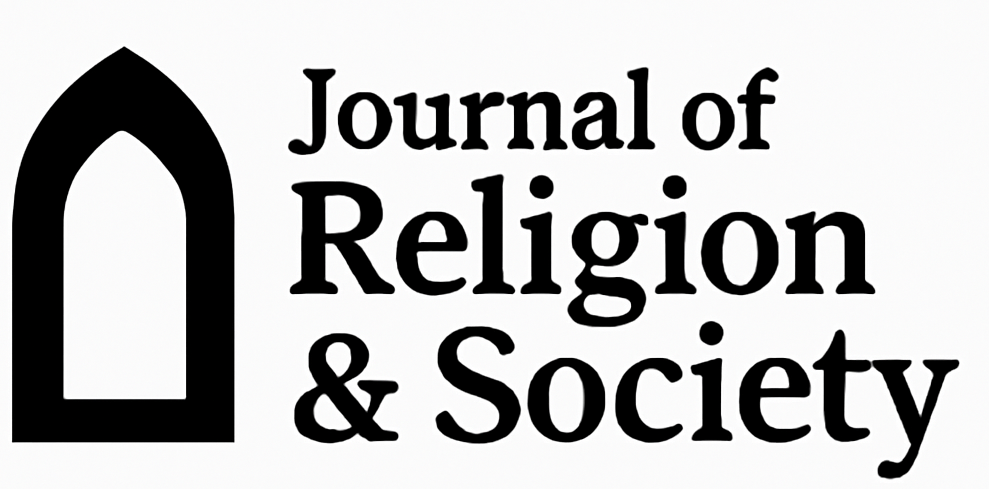Leadership and Its Prominent Characteristics: An Analytical Study in the Light of Surah Yusuf
https://doi.org/10.5281/zenodo.17265060
Abstract
Leadership plays a vital role in shaping societies, guiding communities, and navigating through times of crisis. Effective leadership is not only about authority but about character, vision, and the ability to inspire and manage change. This research explores the concept of leadership personality and its prominent characterstics of leaders through the lens of the Qur’anic narrative of Prophet Yusuf (peace be upon him) as described in Surah Yusuf. The study aims to highlight the essential qualities of a successful and effective leader based on the divine guidance provided in the Qur’an. Through qualitative analysis, the paper identifies key leadership qualities such as moral integrity, patience, wisdom, emotional intelligence, strategic planning, forgiveness, and administrative competence — all exemplified by Prophet Yusuf in various phases of his life, from hardship to authority. As the life of Prophet Yusuf (peace be upon him) offers forever and long lasting guidance for achieving success through integrity, patience, and strategic thinking. His journey teaches that true leadership stems from faith, resilience, and service to others. In today’s complex world, his example provides a powerful model for ethical and visionary leadership.





